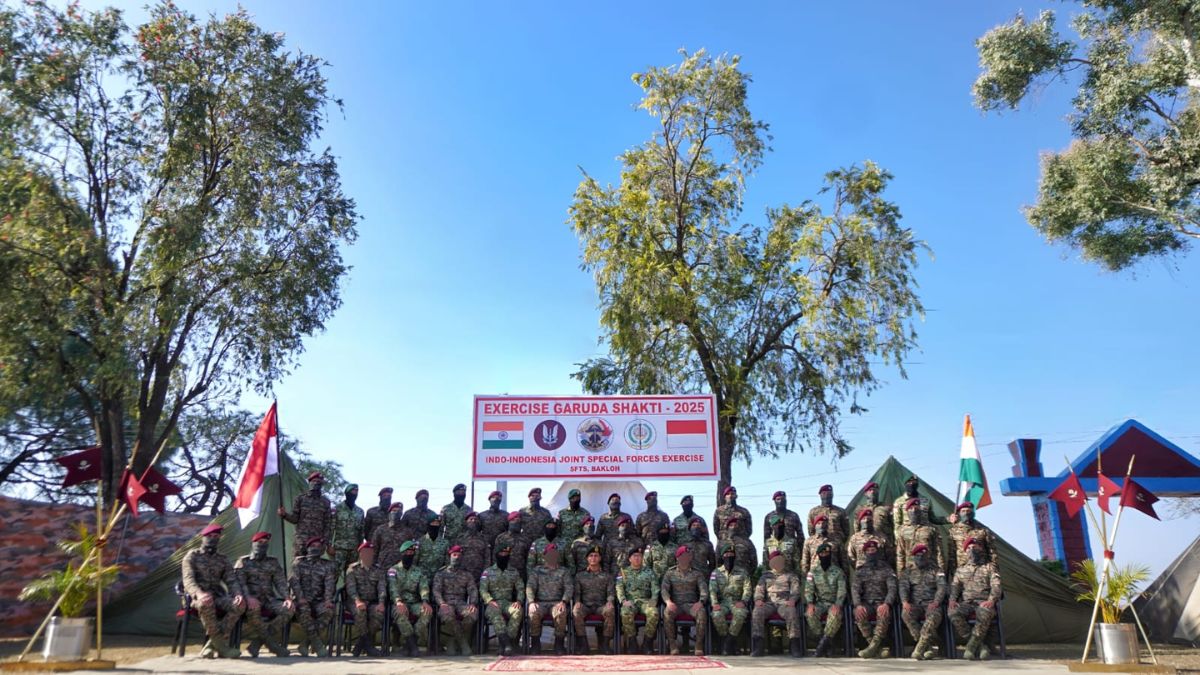India Expedites Hunt For Rare Earth Minerals, Explores Key Locations To Cut China Dependence

India Expedites Hunt For Rare Earth Minerals, Explores Key Locations To Cut China Dependence (Image Courtesy: Representative picture via Canva)
In view of the critical role rare-earth minerals and materials play in geopolitics and foreign affairs, the Indian government is expediting its hunt and exploration for them across the country. Union Minister of Coal and Mines G. Kishan Reddy recently informed about the government’s enhanced exploration for the rare-earth resources with a dedicated mission for the same.
Replying to a question in Rajya Sabha, Reddy said, “Atomic Minerals Directorate for Exploration and Research (AMD), a constituent unit of Department of Atomic Energy (DAE), is carrying out exploration and augmentation of rare earth group elements along coastal/inland/riverine placer sands, as well as in hard rock terrains in several potential geological domains in the country.”
This assertion from the minister comes after the Quad nations — India, the United States, Japan, and Australia – launched a joint framework called the Quad Critical Minerals Initiative. It is aimed at diversifying and securing access to rare earth elements and other strategic resources.
Where are rare earth resources located in India?
As per the rare-earth estimates provided by AMD, approx 7.23 million tonnes of in-situ Rare Earth Element Oxide (REO) is contained within 13.15 million tonnes of monazite occurring in coastal beach sands, teri/red sands, and inland alluvium across parts of Andhra Pradesh, Odisha, Tamil Nadu, Kerala, West Bengal, Jharkhand, Gujarat, and Maharashtra.
Moreover, an estimated 1.29 million tonnes of in-situ REO resources have been identified within hard rock formations in Gujarat and Rajasthan.
Why rare earth minerals have become a new instrument of geopolitics?
Amidst the fluctuating speculations surrounding tariff impositions by US President Donald Trump, a key driver that has reshaped the global geopolitical landscape is the strategic importance of rare-earth minerals and resources.
On February 1, Trump issued an executive order enforcing a 10% increase in tariffs on Chinese imports, aimed at stemming the flow of fentanyl into the US. In response, China’s Ministry of Commerce imposed export restrictions on several rare-earth elements—including bismuth, indium, molybdenum, tungsten, and tellurium.
China cited its intention to “safeguard national security and interests and fulfil international obligations such as non-proliferation.”
After many doldrums on several aspects of tariffs and trade, on June 11, Trump posted on his social media handle at Truth Social, mentioning, “….. rare-earth elements are necessary … and deal with China is done and we will provide to China what was agreed to.”
What is India doing to cut dependence on China?
Before the world witnessed Trump’s mellowing on the rare-earth minerals issue, India’s Ministry of Mines set up National Critical Mineral Mission on January 29 this year. The mission holds a concrete potential to further bolster India’s geostrategic power. It is our strategic initiative to secure critical mineral supply chain by increasing domestic critical minerals production and to emerge as a potential partner in supply source to other countries.
Furthermore, the Quad diplomatic alliance has also rolled out a dedicated initiative focused on rare-earth minerals.
The objective is to ensure reliable access to essential minerals, underpinning a broader strategy to enhance economic resilience amid rising concerns over China’s market manoeuvres, including price manipulation, in this critical sector.
What is the road ahead?
China currently processes around 90% of the world’s rare-earth elements, effectively maintaining a near-monopolistic hold over resources integral to modern electronic and defence applications. This level of control has left other industrialised nations significantly vulnerable. While countries like Australia, the United States, and even India possess substantial untapped mineral reserves, they presently lack the necessary infrastructure and refining capacity to replace China’s dominant role within the global supply chain.







